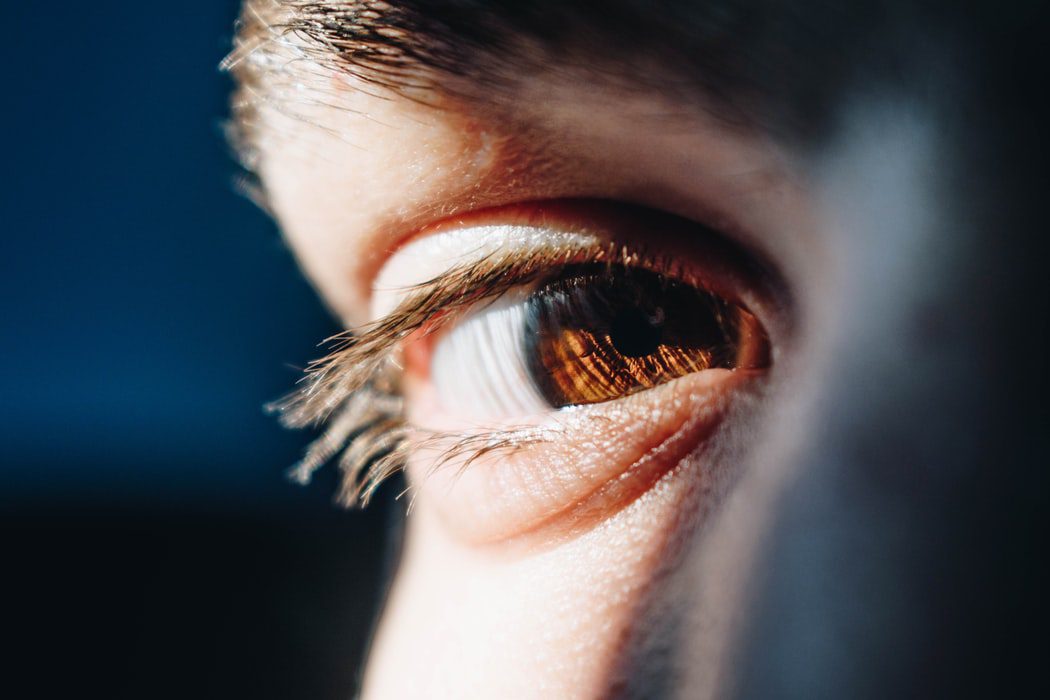
Blepharoplasty surgery is the name given to the procedure that works to improve the appearance of sagging and drooping eyelids. While Blepharoplasty surgery is a relatively simple procedure that is carried out by many surgeons all over the world, some people can be understandably nervous about the implications of surgery. Here we shed some light on the questions our patients frequently ask, including what blepharoplasty surgery entails and the kind of results you might expect.
What is Blepharoplasty surgery?
Blepharoplasty surgery is also commonly referred to as eyelid surgery. Blepharoplasty can help to relieve any issues potentially caused by excess skin around the eyes and eyelids. There are two types of Blepharoplasty surgery: upper & lower eyelid surgery.
An upper Blepharoplasty procedure works to eliminate any loose skin that often sits over the upper eyelids. It is common for this upper Blepharoplasty surgery to be carried out to create a more youthful appearance by opening up the eye area and creating definition in the upper lid.
Similarly, a lower Blepharoplasty surgery is a procedure performed to improve the appearance of sagging, loose skin of the undereye area.
How is upper eyelid Blepharoplasty surgery performed?
When you are undergoing an upper eyelid Blepharoplasty procedure, it is important to understand exactly what the process involves. At the start of your procedure, your eyelids are thoroughly cleaned and the skin is meticulously cleaned, followed by the gentle administration of local anaesthetic.
Typically, this procedure is performed in around 60 minutes. Once the anaesthetic has been given, the process is entirely pain free. Your surgeon will remove the excess skin along with a small amount of redundant muscle and, if necessary, the fat can be re-contoured. The wound edges are carefully closed and fine strip dressings applied.
How is lower eyelid Blepharoplasty surgery carried out?
As with any surgical procedure, it is important to have an understanding of the surgical process prior to proceeding with treatment.
During your lower eyelid surgery, the skin around your eyes is cleansed and then carefully marked to highlight areas of bugles of fat and excess skin. Your surgeon will then place an incision just below the eyelash line. The eye skin is then carefully lifted and fat recontoured to improve the smoothness and appearance of the lower lid. After removing a small strip of excess skin and muscle, the wounds are carefully closed using very fine stitches.
Our top tips for Blepharoplasty surgery
Following your Blepharoplasty surgery, it is important that you spend enough time recovering. Here are our top tips for Blepharoplasty surgery recovery:
- Following your Blepharoplasty surgery, it is very important that you rest and avoid any vigorous exercise or activities that may increase blood pressure and delay healing.
- You should expect some mild swelling and some bruising after your surgery. These side effects are often worse within the first 24-48 hours. They will usually fade by the 10th postoperative day.
- Some minor bruising and swelling may still be present after three weeks but this is considered normal.
- If you are experiencing some pain, take paracetamol or ibuprofen.
- Follow the advice of your surgeon on cleaning your eyes and what products to use.
Blepharoplasty surgery at Coppergate Clinic
If you’re interested in learning more about Blepharoplasty surgery and what you should expect from your procedure, get in touch with the team here at Coppergate Clinic. We offer a range of surgical treatments from the very best surgeons in the UK.
Share on:

